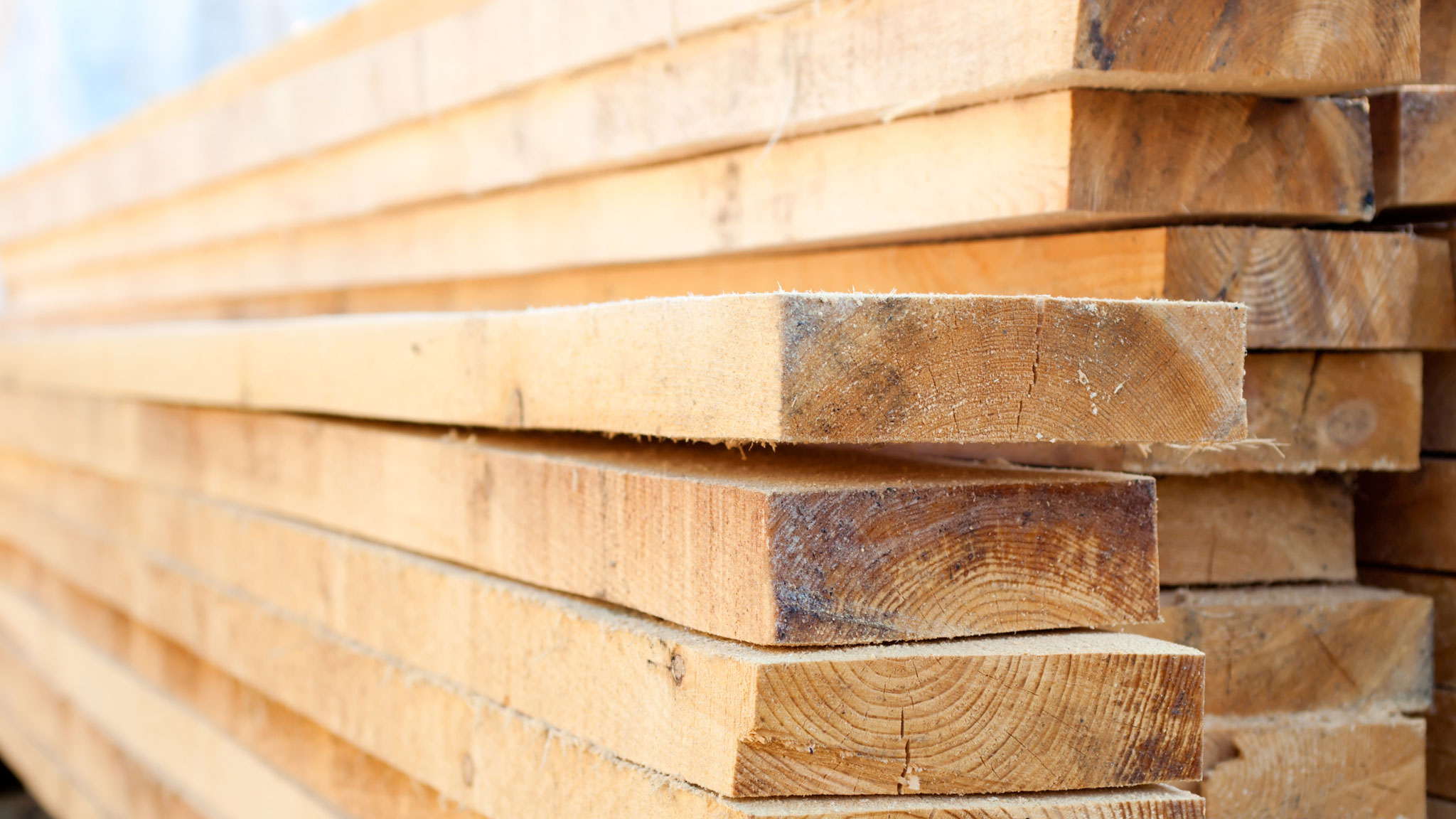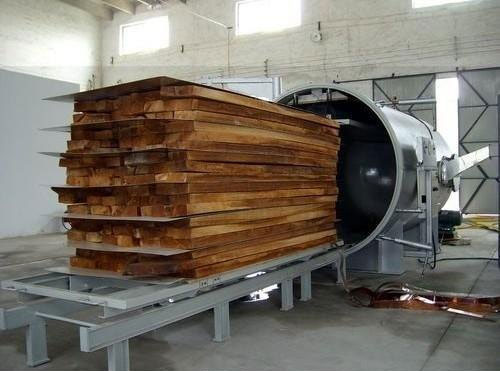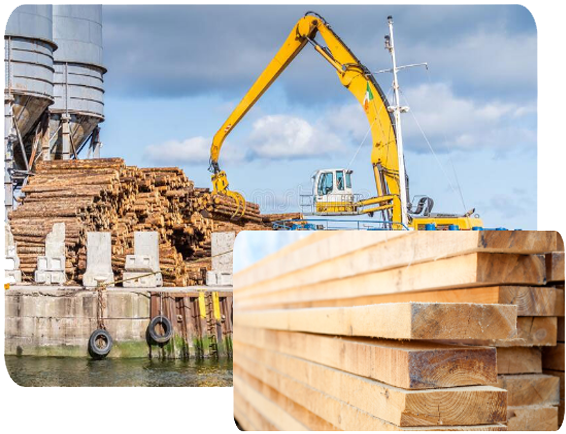All About Seasoned Wood



Seasoning Terms
The most common terms used in seasoned timber is shipping dry, air-dry, and kiln-dry.
Shipping dry is the term used to designate lumber that is partially air dried to reduce shipping charges, and may have a moisture content of 30 percent or more.
Air-dry is the term used to designate lumber that has been exposed to the air for either partial or complete seasoning. If exposed for a sufficient length of time it may have a moisture content range from 12 percentto 24 percent.
Kiln-dry is the term used to designate lumber that has been either partially or fully seasoned in a dry kiln. Properly kiln-dried will ordinarily have a moisture content of 6 to 18 percent.
Advantages of Seasoning
There are a number of important advantages in seasoning.
1. Seasoning reduces the likelihood of stain, mildew, or decay developing in transit, storage, or subsequent use. Blue stain fungi and wood-destroying fungi cannot grow in wood with a moisture content of less than 20 percent.
2. The shrinkage that accompanies seasoning is made to take place before the wood is put to use. The importance of this feature varies greatly with the use.
3. The strength of joints made with common fasteners, such as nails and screws, is greater in seasoned wood than in non-seasoned wood after assembly. Panels made by nailing wet lumber to a frame and allowed to season indoors one month before being tested were found to be about one-half as rigid as similar panels made of seasoned lumber and tested immediately. When bolts and connectors are used in wet wood lower stresses are required than for dry material. Also, due to shrinkage, bolted joints in wet material require retightening after the material seasons. However, it must be remembered that the availability of dry lumber is related to size. Where large size timbers are required, due consideration must be given to the effectof seasoning and shrinkage unless it has been predetermined that the material is available in a suitably seasoned condition.


Problems Associated with Seasoning
In addition to the significant advantages of seasoning, there are some problems associated with seasoned wood:
1. Not all species of wood are easy to season. Some dry very slowly, and it is not always possible to meet ideal conditions even when drying facilities are available.
2. Satisfactory drying involves preventing or keeping to a minimum seasoning defect. The amount of degrade in seasoning varies with species and size of lumber, and is in general more with the lower than the higher grades. Kiln drying research is aimed at development of drying schedules which will keep drying time, as well as degrade, to a minimum.
3. It is more difficult to season structural timbers than lumber in smaller sizes. The long time required for air drying, the degrade, and the insurance costs involved limit economic practicability.
4. Drying adds moderately to the cost of lumber, and dry lumber can be expected to command a higher price proportionally than unseasoned material.


